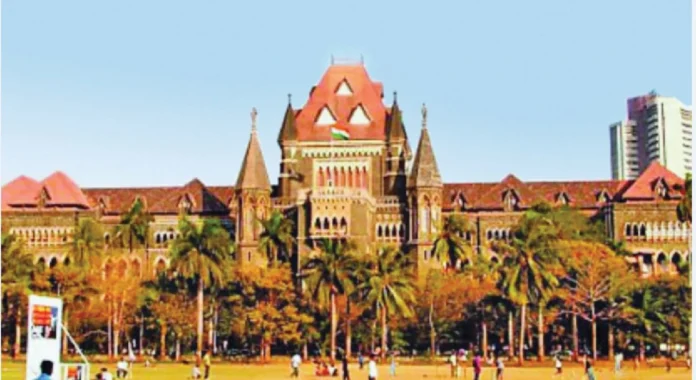By Vickram Kilpady
In a judgment that could reshape urban India’s approach to housing its working poor, the Bombay High Court has upheld a 2022 Maharashtra government rule allowing slum rehabilitation on certain non-buildable open spaces within city limits—subject to key safeguards to preserve public access.
The landmark decision by Justices Amit Borkar and Somasekhar Sundaresan came in response to a petition by the NGO Alliance for Governance and Renewal (NAGAR) challenging Regulation 17(3)(D)(2) of the Development Control and Promotion Regulations (DCPR), 2034, under the Maharashtra Regional Town Planning Act.
Justice Borkar, authoring the judgment, stressed that the regulation promotes “real equality,” aiming to reverse visible urban spatial imbalances. It allows designated recreational lands over 500 square metres to be used for slum rehousing—provided 35 percent of the land is retained for public use as a park or recreational zone. The Court was categorical that this portion must not be co-opted by developers, but handed over to civic authorities for maintenance.
The verdict is significant for its recognition of slum-dwellers as essential urban contributors rather than illegal encroachers. “Cities like Mumbai visibly mirror inequality,” the bench noted, observing that formal housing near employment hubs helps the urban poor maintain livelihoods.
The petitioners, represented by senior advocate Shiraz Rustomjee, contended the regulation was a threat to already shrinking green spaces. They argued that the reduced threshold—down from 1,000 to 500 square metres—would lead to overcrowded plots and compromise public access. However, the Court held that the rule strikes a balance between protecting the environment and ensuring shelter for the underprivileged.
To prevent misuse, the judgment directed the Brihanmumbai Municipal Corporation to geo-tag and map all open spaces within four months. It also ordered quarterly inspections, with action against developers violating the 35 percent reservation clause.
Further, the state must review the Regulation’s impact within two years, with the Court warning that the order should not be seen as “a blank cheque” for converting open spaces into private real estate.
The ruling comes at a critical moment in India’s urban policy discourse. It stands in contrast to recent examples like Delhi’s Madrasi Camp, a slum adjacent to Lutyens’ Delhi, where residents were forcibly relocated to Bawana—over 30 km away—disrupting jobs, access to services, and children’s education.
With this verdict, the Bombay High Court sends a powerful message: that equitable urban development must centre not just on infrastructure, but on inclusion. The slum-dwellers of Mumbai—and elsewhere—may finally have the legal ground to stand on, and a roof to live under, within the cities they serve.


